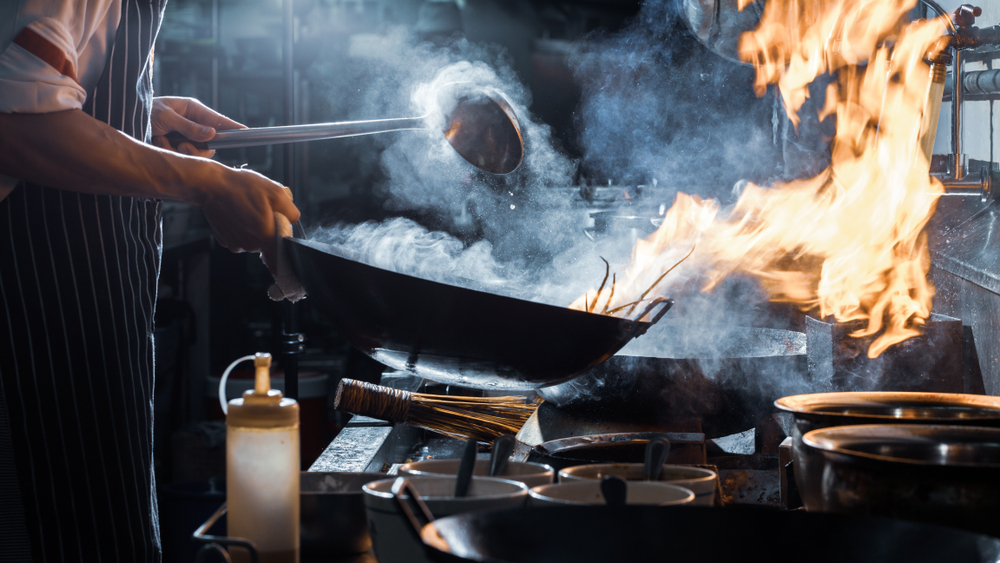CLM Fireproofing highlights the main causes of fire in the hospitality industry
- September 9, 2020
- 9:33 am

Matt Head
Share this content
Fire poses a significant risk to the hospitality sector – apart from causing costly damage and bringing operations to a halt, CLM Fireproofing claims it can seriously undermine an organisation’s brand. The evidence suggests fire is fairly commonplace in the industry; according to the government’s latest figures, hotels are one of the most vulnerable types of buildings, with 263 out of every 1,000 experiencing a fire in the period September 2012 – September 2019. Pubs, restaurants, and takeaways fared slightly better, with 89 fires per 1,000 buildings during the same period – yet the figure remains unacceptably high.
So, what are fire risks behind these statistics? In this article, CLM Fireproofing highlight the main causes of fire in the hospitality industry, and how effective passive fireproofing can help to prevent them.
Cooking Equipment
One of the most common places for fires to start is in the kitchen. Risks arise from the use of combustible materials (frying medium), faulty or unsupervised equipment, and human error. According to the London Fire Brigade, 44% of all restaurant fires in the capital during 2015-2017 started from cooking. Kitchen fires are also more likely to develop into serious blazes which cause significant damage. Worldwide insurer, AIG, estimates the average loss per significant
Cigarettes
Despite a decrease in the total number of smokers in the UK cigarettes and other smoking materials still pose a significant fire risk both to the hospitality industry and elsewhere. The latest data (from 2018/19) shows that they accounted for 8% of all accidental dwelling fires. More significant, however, is that fires caused by cigarettes, cigars, or pipe tobacco are more fatal; 34% of fires ignited by smoking materials in 2018/19 resulted in at least one fatality.
Electrical appliances
Hotels, restaurants, and bars are full of electrical appliances. From lamps and kettles, to hairdryers and irons, there are many appliances that pose a potential fire risk. Whilst not relating specifically to their use in the hospitality sector, the number of electrical appliance fires has increased dramatically in the past decade; in 2019/20 there were 21% more instances than in 2010/11, probably as a result of the increased number of electrical appliances in circulation.
How to mitigate fire risk in the hospitality industry
The effective management of fire risk for hotels, bars, and restaurants requires thorough fire risk assessments, regular and properly-documented checks, and the stringent implementation of policies in line with current fire safety regulations. Just as important (if not more so) is passive fireproofing; whether through compartmentation or intumescent painting, passive fireproofing helps to stop the spread of fire, limiting the damage it causes and giving occupants more time to escape safely. With limited fire damage and minimal risk to occupants, your business can return to operations sooner and negate any reputational harm.



